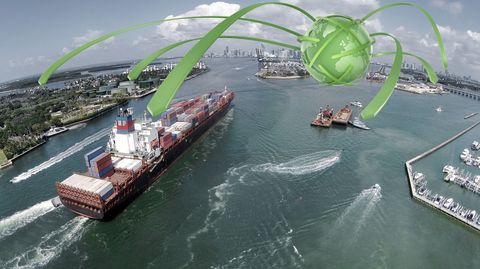The US has highlighted a need to reduce its trade deficit as a key reason for pushing ahead with a renegotiation of the North American Free Trade Agreement (NAFTA).
The Office of the United States Trade Representative (USTR) Robert Lighthizer has issued a summary of the US negotiating objectives for the proposed NAFTA revamp, which has emerged as a key policy priority following extensive criticism of the deal by US president Donald Trump.
Previously, President Trump had threatened to pull the country out of NAFTA altogether due to his belief that the deal disproportionately benefits partners Canada and Mexico at the US's expense, but the Republican president is now opting to renegotiate the agreement instead.
Key priorities outlined by USTR include a reduction of the US trade deficit and improved market access in Canada and Mexico for US manufacturing, agriculture, and services, as well as the introduction of a new digital economy chapter and the incorporation of labor and environment obligations that are currently in NAFTA side agreements.
Additionally, the US is seeking to eliminate what it sees as unfair subsidies, market-distorting practices by state-owned enterprises, and burdensome restrictions on intellectual property.
This marks the first time that USTR has included deficit reduction as a specific negotiating objective. Explaining the decision, the office stated that the US's bilateral goods trade balance with Mexico has gone from a $1.3 billion surplus when NAFTA was introduced in 1994 to a $64 billion deficit in 2016, while market access issues have arisen in Canada in areas such as dairy, wine, grain and other products.
Mr Lighthizer said: "Too many Americans have been hurt by closed factories, exported jobs and broken political promises. Under President Trump's leadership, USTR will negotiate a fair deal. We will seek to address America’s persistent trade imbalances, break down trade barriers, and give Americans new opportunities to grow their exports."






